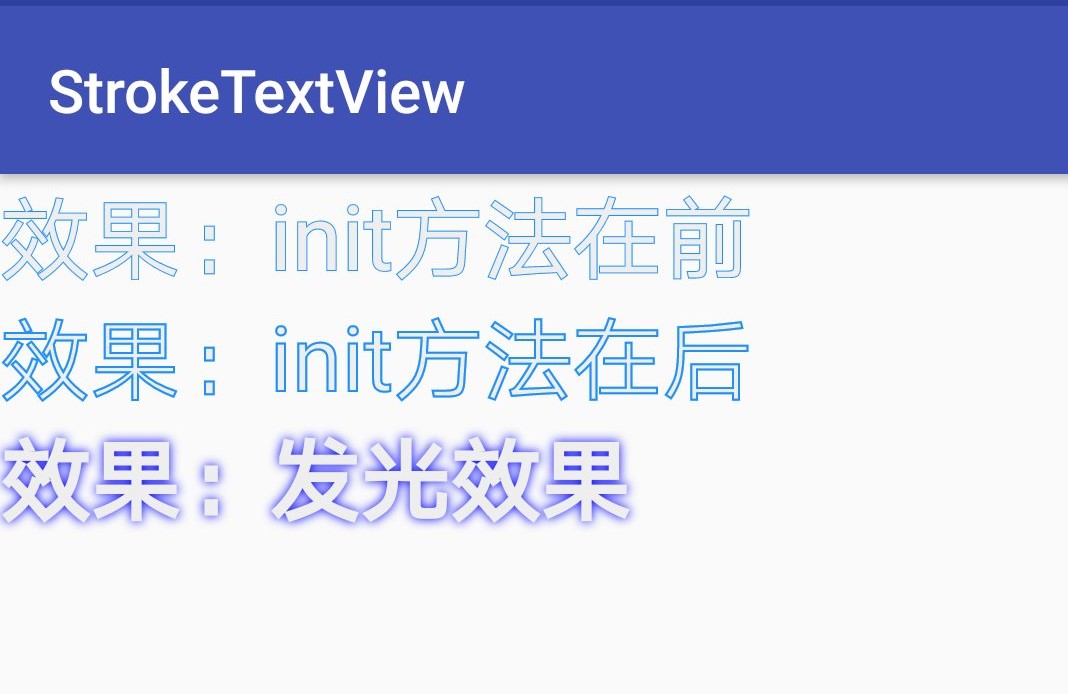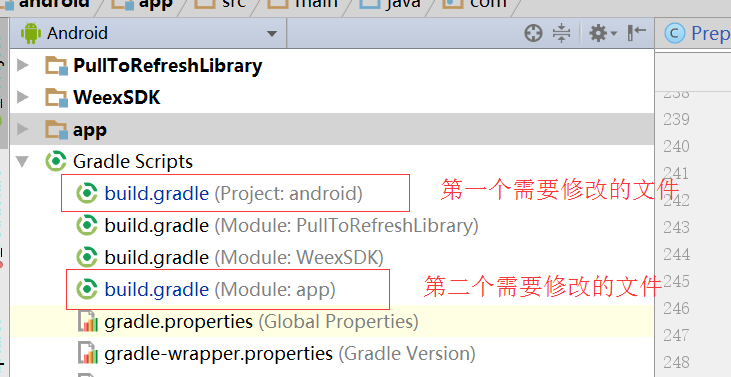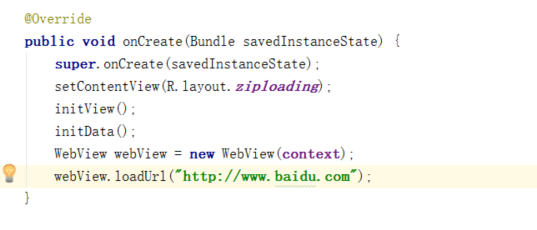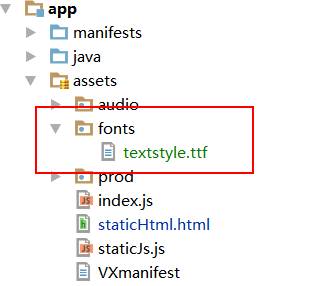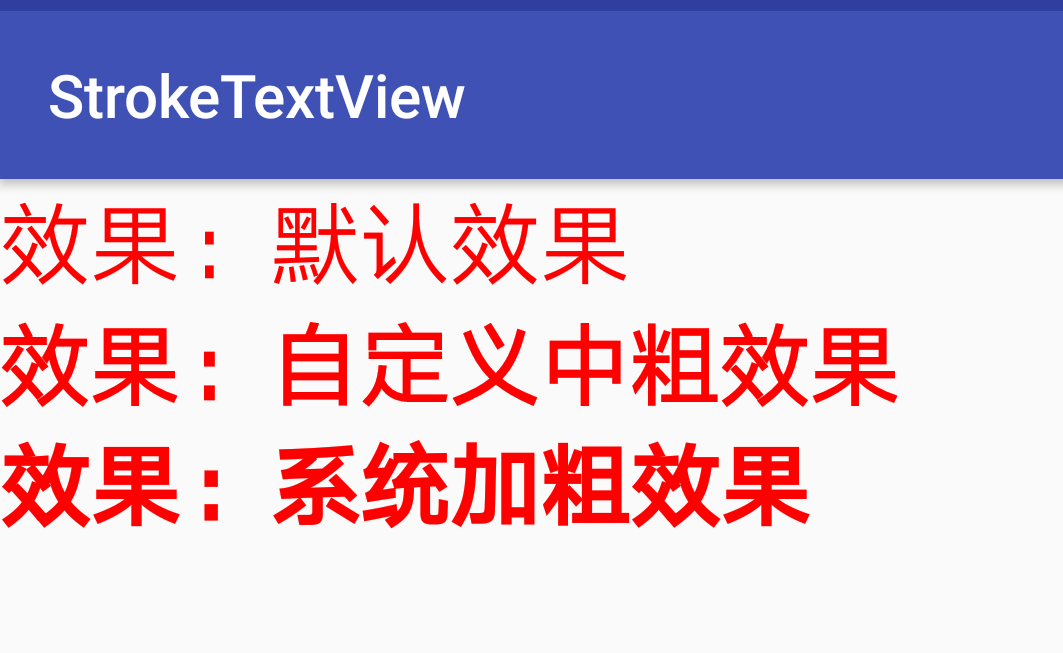1、蓝牙权限

2、打开蓝牙,有三种方式

private void requestPermission() {
if (Build.VERSION.SDK_INT >= 23) {
int checkAccessFinePermission = ActivityCompat.checkSelfPermission(this, Manifest.permission.ACCESS_FINE_LOCATION);
if (checkAccessFinePermission != PackageManager.PERMISSION_GRANTED) {
ActivityCompat.requestPermissions(this, new String[]{Manifest.permission.ACCESS_FINE_LOCATION},
REQUEST_PERMISSION_ACCESS_LOCATION);
Log.e(getPackageName(), "没有权限,请求权限");
return;
}
Log.e(getPackageName(), "已有定位权限");
search();
}
}
@Override
public void onRequestPermissionsResult(int requestCode, String permissions[], int[] grantResults) {
switch (requestCode) {
case 1: {
if (grantResults.length > 0 && grantResults[0] == PackageManager.PERMISSION_GRANTED) {
Log.e(getPackageName(), "开启权限permission granted!");
//做下面该做的事
search();
} else {
Log.e(getPackageName(), "没有定位权限,请先开启!");
}
}
}
super.onRequestPermissionsResult(requestCode, permissions, grantResults);
}
public void search() {
if (bluetoothAdapter.isdiscovering())
bluetoothAdapter.canceldiscovery();
bluetoothAdapter.startdiscovery();
Log.e(getPackageName(), "开始搜索");
}
//注册广播 IntentFilter intentFilter = new IntentFilter(); intentFilter.addAction(BluetoothDevice.ACTION_FOUND); intentFilter.addAction(BluetoothDevice.ACTION_BOND_STATE_CHANGED); registerReceiver(new BluetoothReceiver(), intentFilter);
class BluetoothReceiver extends broadcastReceiver { @Override public void onReceive(Context context, Intent intent) { if (intent.getAction().equals(BluetoothDevice.ACTION_FOUND)) { BluetoothDevice device = intent.getParcelableExtra(BluetoothDevice.EXTRA_DEVICE); boolean addFlag = true; for (BluetoothDevice bluetoothDevice : strArr) { if (device.getAddress().equals(bluetoothDevice.getAddress())) { addFlag = false; } } if (addFlag) { if(device.getName() != null) strArr.add(device); adapter.notifyDataSetChanged(); } } else if (intent.getAction().equals(BluetoothDevice.ACTION_BOND_STATE_CHANGED)) { BluetoothDevice device = intent.getParcelableExtra(BluetoothDevice.EXTRA_DEVICE); switch (device.getBondState()) { case BluetoothDevice.BOND_NONE: Log.e(getPackageName(), "取消配对"); break; case BluetoothDevice.BOND_BONDING: Log.e(getPackageName(), "配对中"); break; case BluetoothDevice.BOND_BONDED: Log.e(getPackageName(), "配对成功"); break; } } } }
5、与设备配对、与设备解除配对
//与设备配对
private void bond(int i) {
try {
Method method = BluetoothDevice.class.getmethod("createBond");
Log.e(getPackageName(), "开始配对");
method.invoke(notStrArr.get(i));
} catch (Exception e) {
e.printstacktrace();
}
}
/**
* 与设备解除配对
*/
private void removeBonds(int i) {
try {
Method removeBondMethod = BluetoothDevice.class.getmethod("removeBond");
Log.e(getPackageName(), "解除配对");
removeBondMethod.invoke(strArr.get(i));
} catch (Exception e) {
e.printstacktrace();
}
}
6、获取已绑定设备和已连接设备,如下:
/** * 获取已绑定和已连接设备 */ public void getBindDevice() { Set<BluetoothDevice> bondedDevices = bluetoothAdapter.getBondedDevices(); if (strArr != null) { strArr.clear(); } strArr.addAll(bondedDevices); connectDevicesAdapter.notifyDataSetChanged(); }
7、获取已连接设备
/** * 获取已连接设备 */ private void getConnectedBtDevice() { BluetoothAdapter bluetoothAdapter = BluetoothAdapter.getDefaultAdapter(); Class<BluetoothAdapter> bluetoothAdapterClass = BluetoothAdapter.class;//得到BluetoothAdapter的Class对象 try { //得到连接状态的方法 Method method = bluetoothAdapterClass.getDeclaredMethod("getConnectionState", (Class[]) null); //打开权限 method.setAccessible(true); int state = (int) method.invoke(bluetoothAdapter, (Object[]) null); if (state == BluetoothAdapter.STATE_CONNECTED) { Log.i("BLUetoOTH", "BluetoothAdapter.STATE_CONNECTED"); Set<BluetoothDevice> devices = bluetoothAdapter.getBondedDevices(); //集合里面包括已绑定的设备和已连接的设备 Log.i("BLUetoOTH", "devices:" + devices.size()); for (BluetoothDevice device : devices) { Method isConnectedMethod = BluetoothDevice.class.getDeclaredMethod("isConnected", (Class[]) null); method.setAccessible(true); boolean isConnected = (boolean) isConnectedMethod.invoke(device, (Object[]) null); if (isConnected) { //根据状态来区分是已连接的还是已绑定的,isConnected为true表示是已连接状态。 Log.i("BLUetoOTH-dh", "connected:" + device.getName()); } } } } catch (Exception e) { e.printstacktrace(); } }
好了,按照上面布置基本上可以实现蓝牙连接功能,有些细节问题需要自己去处理,就不一一解释了,谢谢你们的观赏!


